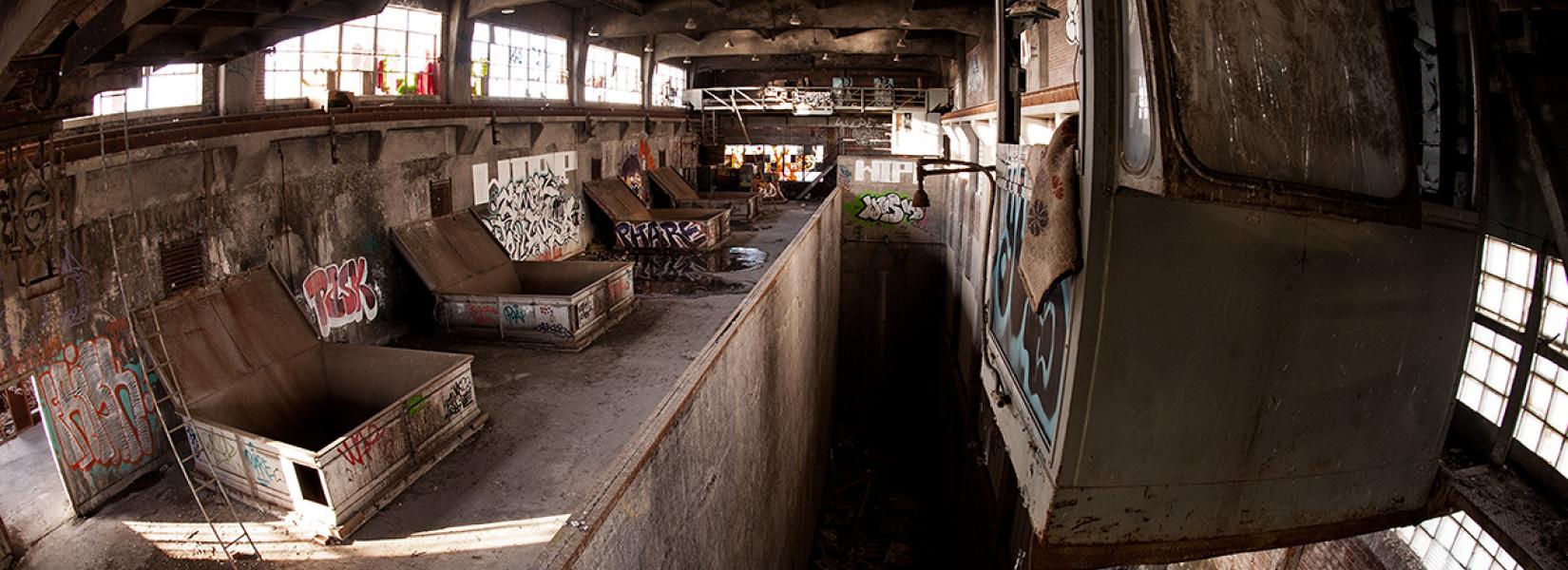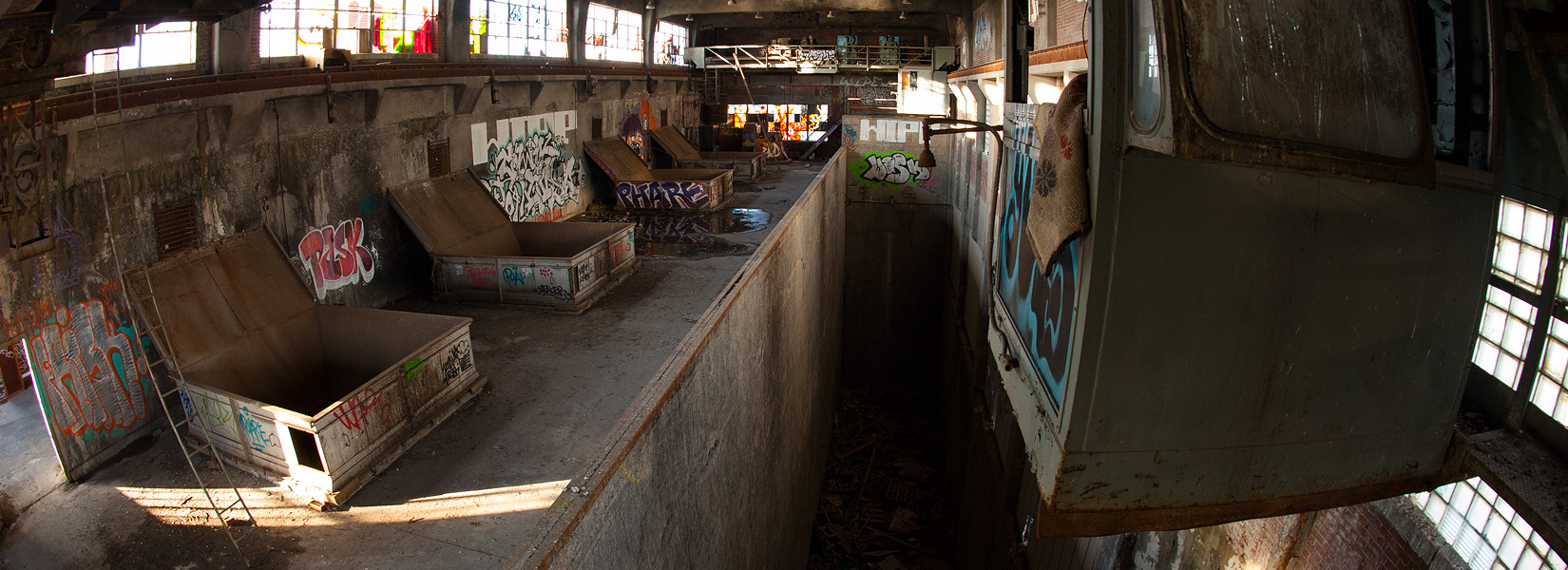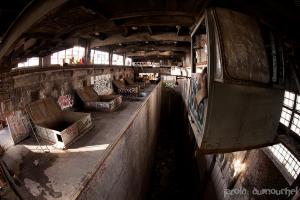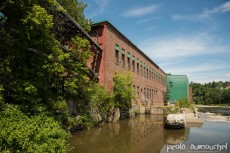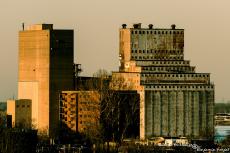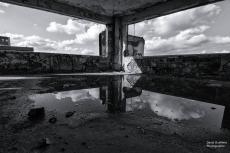It was October 3, 2014 when it has been heard for the last time the siren for the end of the work shift. The last 180 employees picked up their belongings and closed the door behind them, thus ending an industrial history of over 125 years.
...The Dickson incinerator in Montreal
The pollution plant
Built in 1954, the Dickson incinerator was, at the time, the most modern one in North America. It was built to replace these old incinerators where horses were used for harvesting waste.
In the 1920s, the city of Montreal was struggling with dumps that gave off strong emanations, sources of diseases of any kind. That explains why at the end of the decade, it was decided to build a first incinerator at the corner of Papineau and des Carrières Street and a second on Atwater Street.
But, with the advent of the first garbage dumpsters, the existing facilities became obsolete and a new incinerator was required. In 1954 began the construction of the new incinerators on Dickson Street and Royal mount avenue (the latter has been destroyed.) The unloading platforms were located above street level to facilitate the unloading of trucks and allow the discharge of waste directly into large pits. Also, the exterior routes to access the platforms were heated to prevent ice formation during winter and all operations were mechanized and dry waste was organized to burn without fuel. The heat emitted by combustion was recovered and used to heat municipal buildings nearby.
The Dickson incinerator was equipped with two chimneys and represented, at the time, a gem in waste management technology. However, as this source of pollution was too large, it was responsible for the degradation of the air in the area. The authorities decided to cease all activities in 1978.
Sources:
- Wikipedia (french)
- Heritage of the city of Montreal (french)
Related content
Located a few kilometers from the municipality of Calzadilla de los Barros and its 850 inhabitants, the abandoned aerodrome dates from before the Spanish Civil War which took place from 1936 to 1939 with the victory of General Franco.
It...
Located in the Hochelaga-Maisonneuve neighborhood, the silo # 3 was built in 1923. The architect was John S. Metcalfe who were responsible for the construction of most silos in the Port of Montreal (1, 2, 3, 5). It is thanks to its innovations...
The building, called the Omnipac, is for sale and the sellers offer a touch of humor to attract potential buyers. "Completely renovated," says the sign even if there is a graffiti invasion on every walls and all windows are missing. The place is...

